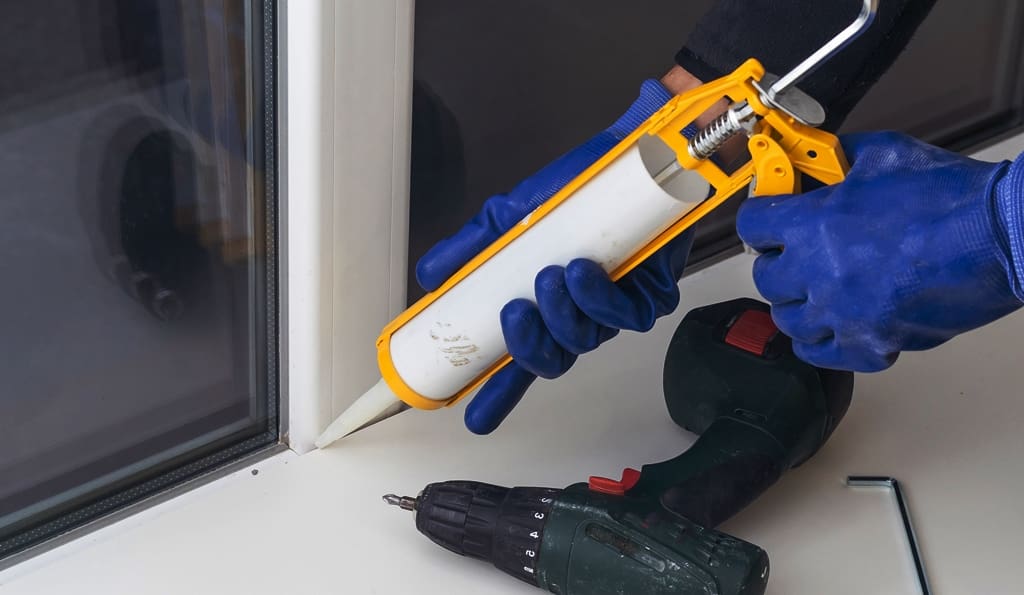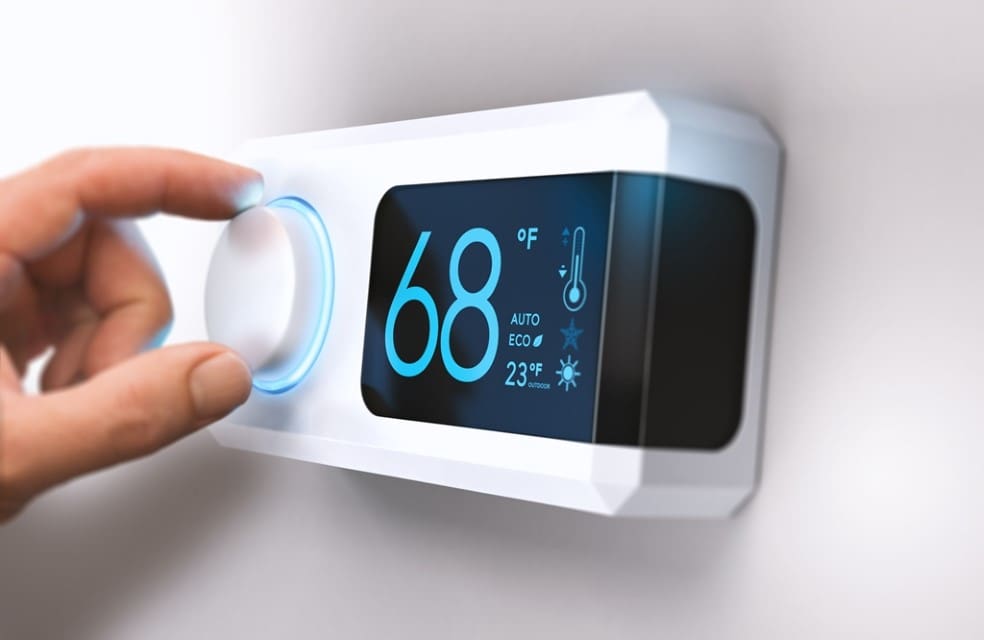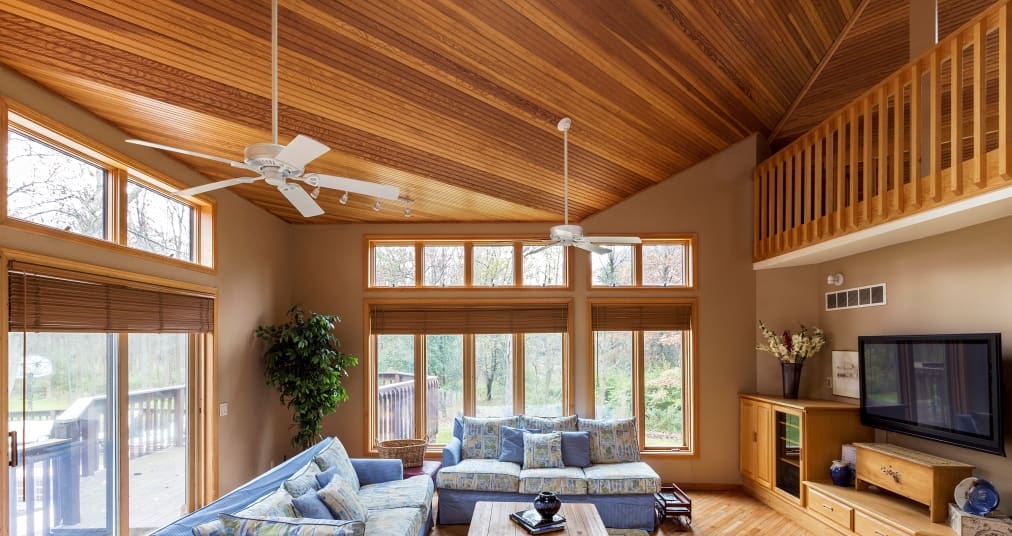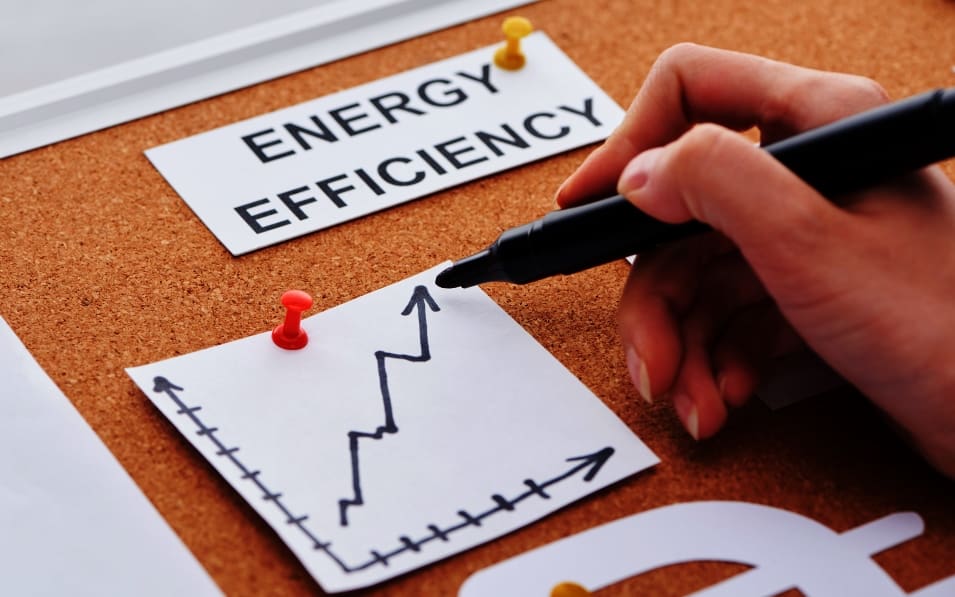Are you tired of high energy bills and want to reduce your carbon footprint? Improving your home’s energy efficiency is the answer. Not only does it save you money, but it also benefits the environment by reducing energy consumption. Here are 10 proven ways to boost your home’s energy efficiency:
1. Upgrade to LED Lighting:
Replace incandescent bulbs with energy-efficient LED lights to lower energy consumption and reduce heat output. LED bulbs use up to 80% less energy than traditional incandescent bulbs and last much longer, making them a cost-effective choice for illuminating your home.
2. Seal Air Leaks:

On average, it’s estimated that 25% to 30% of heating and cooling energy can be lost through gaps around doors and windows if they are not properly sealed and insulated. Identify and seal air leaks around doors, windows, and ducts to prevent energy wastage and maintain a consistent indoor temperature.
3. Insulate Your Home:
Proper insulation helps regulate indoor temperature, reducing the need for heating and cooling systems to work overtime. By adding insulation to attics, walls, and floors, you can create a more comfortable and energy-efficient home environment while also reducing noise pollution from outside.
4. Plant Trees and Shrubs:
Strategically planting trees and shrubs around your home provides natural shade and insulation, reducing the need for air conditioning. Additionally, trees can help improve air quality, absorb carbon dioxide, and provide habitat for wildlife, contributing to a healthier and more sustainable environment.
5. Install a Programmable Thermostat:

Set your thermostat to automatically adjust temperatures based on your schedule, optimizing energy usage when you’re home and saving energy when you’re away. Programmable thermostats can help you save up to 10% on heating and cooling costs annually by reducing unnecessary energy consumption during times when no one is home.
6. Upgrade Appliances:
Invest in Energy Star-rated appliances that consume less energy, such as refrigerators, washing machines, and dishwashers. Energy-efficient appliances not only lower your energy bills but also reduce greenhouse gas emissions, contributing to a healthier environment for future generations.
7. Install Solar Panels:
Harness the power of the sun to generate clean, renewable energy and lower your reliance on the grid. Solar panels can significantly reduce your electricity bills over time and may even allow you to earn credits by selling excess energy back to your utility company.
8. Use Ceiling Fans:

Circulate air more efficiently with ceiling fans, reducing the need for heating and cooling systems. In the summer, ceiling fans can create a wind-chill effect that makes you feel cooler without lowering the thermostat, while in the winter, they can help distribute warm air more evenly throughout the room.
9. Upgrade Windows:
Install energy-efficient windows with double or triple-pane glass to minimize heat transfer and improve insulation. Energy-efficient windows not only help maintain more consistent indoor temperatures but also reduce condensation and outdoor noise infiltration, enhancing overall comfort and well-being.
10. Schedule Regular HVAC Maintenance:
Keep your heating and cooling systems in top condition with regular maintenance to ensure optimal efficiency. Routine HVAC maintenance, including cleaning or replacing filters, checking for leaks, and tuning up equipment, can improve system performance, extend equipment lifespan, and prevent costly breakdowns.
By implementing these strategies, you can significantly improve your home’s energy efficiency, lower your utility bills, and contribute to a greener planet. Start making these changes today and reap the benefits for years to come.
#HomeEnergyEfficiency #EnergySavingTips #GreenLiving
